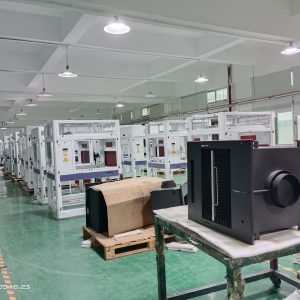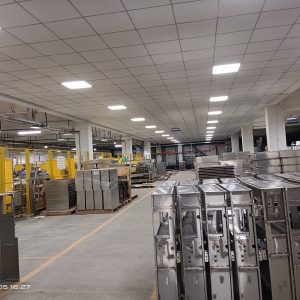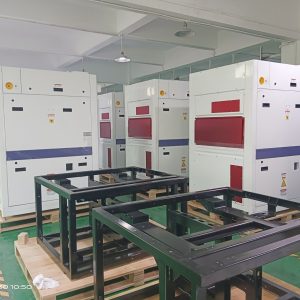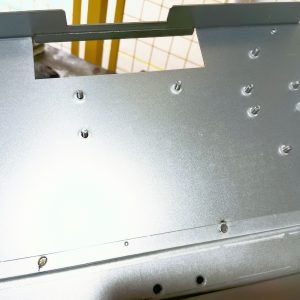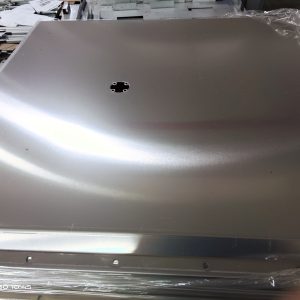What is the Thumb Rule for Sheet Metal Design? 5 Basic Rules
The sheet metal parts that designers want to manufacture by blanking require special precautions. They must have characteristics that make the forming process as efficient as possible, ensuring good productivity and low tool maintenance costs.
Sometimes certain required characteristics can be met with innovative solutions, while in other cases it is almost impossible to obtain certain dimensions or tolerances. This is why it is important to establish a confrontation between the designer and the mold maker when drawing details. This constant feedback between the two parties can significantly reduce costs.
Five Basic Rules for Mold Design Drawing Details
The following basic rules need to be considered when you want to design sheet metal details that are manufactured through cold forming.
1. You cannot require a flat surface near the cut edge. There will always be distortion near the cut edge because it is part of the process. In the best case, a thinning of about 10% can be obtained compared to the thickness of the material.
2. The wording of the report “smooth edge” has important consequences. First, it may indicate the need for a fine blanking process, which is much more costly than conventional blanking. In other cases, the tool designer will be able to minimize collisions by reducing the gap between the punch and the die, but this will result in higher maintenance costs. Finally, additional machining processes using machine tools may be required to meet the requirements.
3. Note that “burr-free” means that further tumbling operations are required, which will increase the cost of the part. The typical burr is 10% of the material thickness. Likewise, requiring a maximum flake of, say, 0.1mm on a 3mm thickness will result in increased maintenance costs.
Click here to contact JIATONG XJ sheet metal supplier to learn more details.
4. Most bent parts require a special bending radius. Bending operations must conform to the physical laws of the material. Depending on its hardness and thickness, it may not be possible to obtain very small radii. In addition, the bending process does not allow control of the outer radius. The material is naturally deformed. The toolmaker can only check the inner diameter, which is the dimension that must be marked on the drawing.
Always ensure that the fillet radius of the cut corner is greater than or equal to the thickness of the material. Bringing back “sharp edges” may cause problems. The same principle applies to holes: the minimum diameter should be at least 1.5 times the thickness of the material. Failure to follow this recommendation can increase maintenance costs by as much as 4-5 times.
Create a win-win situation for designers and mold makers
All designers can increase their competitiveness by working with their tooling suppliers. It is in everyone’s interest that accurate designs that target efficient production and allow for the construction of reliable drop molds will produce high quality molded parts at the highest possible cost.
Custom Aluminum Box | Custom Metal Box Manufacturers | Sheet Metal Box Manufacturers | Custom Aluminum Box Fabrication | Aluminum Box Manufacturer | Custom Made Metal Boxes | Custom Metal Boxes | China Sheet Metal Manufacturer | Custom Sheet Metal Boxes
